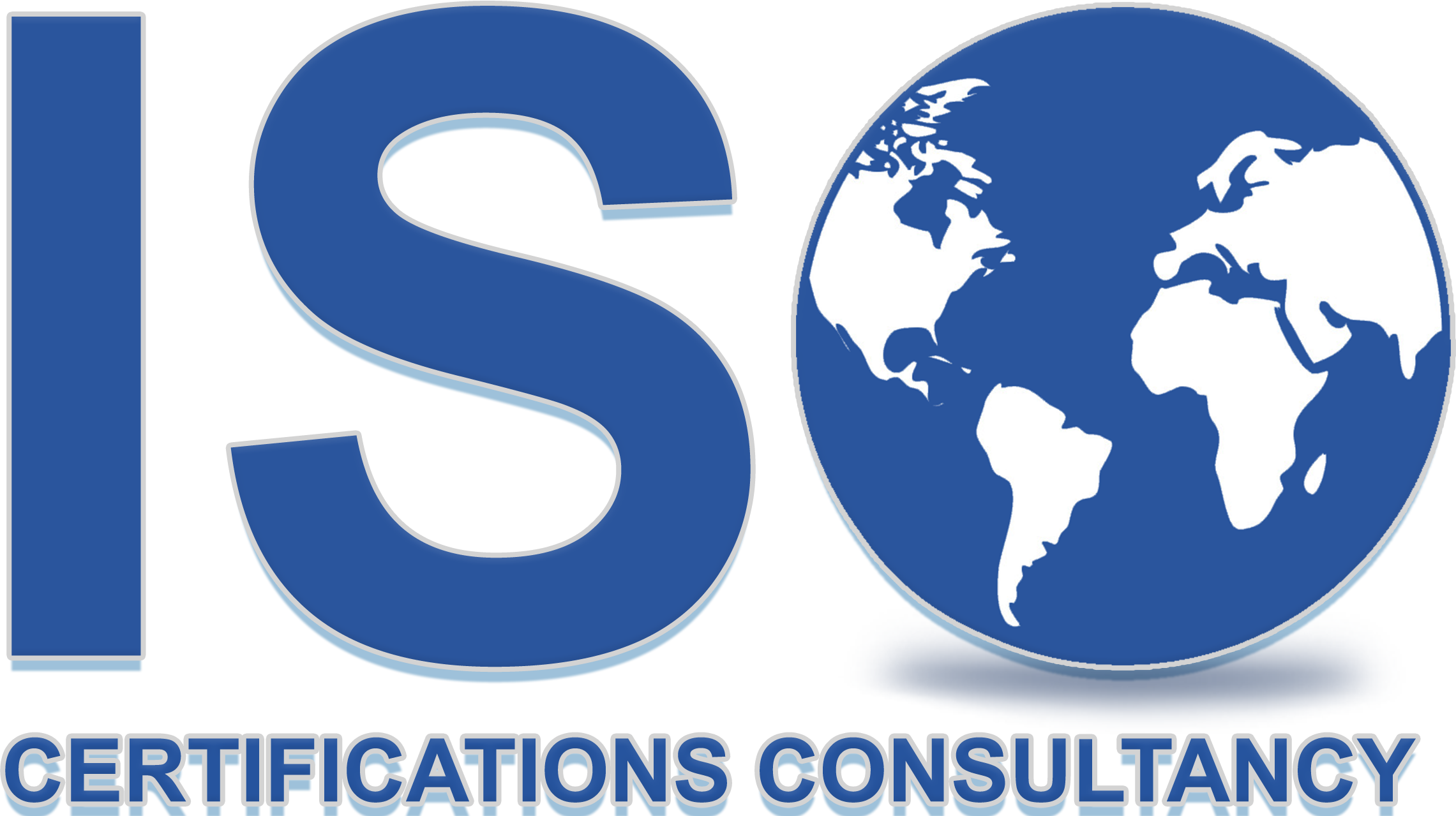
For a small business, attaining ISO 45001 certification can appear to be an intimidating challenge because of restricted sources and budgetary constraints. However, with strategic planning and a focus on protection excellence, even a small business can meet the standards required for this prestigious certification. This blog explores how small companies can conquer these challenges to create a more secure workplace.
Understanding ISO 45001 Certification
ISO 45001 certification is a global standard for occupational health and safety (OH&S) control systems. It offers a framework that allows businesses enhance worker protection and minimize workplace risks. Additionally, create better, and secure working conditions. While it would seem more tailored and suitable to large corporations, ISO 45001 is flexible and can easily be adapted by a small business. This adaptability guarantees that small companies can tailor their OH&S control systems to their operational contexts without any complexity.
Challenges Faced by a Small Business
Small companies often struggle with demanding situations consisting of restricted financial resources, fewer workforce, and limited access to specialised knowledge. These constraints could make it appear tough to enforce a complete OH&S management system. However, because of the versatility of the ISO 45001 framework, small organizations can create systems that are appropriate for their scope and degree of complexity. Additionally, small companies might also face cultural limitations where protection practices are not deeply ingrained because of a lack of formal structures. Addressing these cultural challenges through strong management dedication can extensively enhance the effectiveness of the protection control system.
Effective Approaches to Attain ISO 45001 Certification
Leverage Existing Resources
Small companies can begin by comparing their modern health and protection practices. They typically already have informal procedures in place that can be established to satisfy ISO 45001 requirements. This reduces the need for significant new investments. Utilizing accessible equipment including protection checklists, simple risk evaluation templates, and current protection information can streamline the certification process. Additionally, adopting free or low-cost software program solutions can assist control protection documentation effectively without adding extensive costs.
Engage Leadership and Employees
Leadership dedication is crucial. When owners and executives actively take part in the process, it fosters a culture of protection. Additionally, including workers in protection discussions and threat exams guarantees that the system is realistic and effective. Encouraging worker feedback on protection practices can result in the identification of risks that would otherwise go unnoticed. Hence, fostering a more proactive safety culture. Establishing protection committees, regardless of a small team, can also promote shared obligation for health and protection.
Simplify Documentation
ISO 45001 requires documentation; however, it does not need to be overly complex. Small companies can maintain easy, clear information that exhibits compliance without creating unnecessary administrative burdens. Focus on documenting important protection techniques, roles and responsibilities, and incident reporting mechanisms. This technique meets certification requirements and complements operational clarity. Using standardized templates for techniques and checklists can furthermore simplify documentation and ensure consistency.
Use Cost-Effective Training Methods
Training is vital but it does not necessarily have to be expensive. Online courses, in-house training sessions, and leveraging free resources from occupational protection companies can help decrease costs. Additionally, peer-to-peer training may be an effective approach to share information. Moreover, constructing a robust protection culture without incurring excessive costs. Cross-training workers on protection roles can also maximize using confined workforce while making sure comprehensive coverage of protection practices.
Consult External Experts Strategically
Hiring specialists can be expensive, however a small business can use them for particular tasks. Such as undertaking a gap evaluation or internal audit. This centered method minimizes costs while making sure expert guidance where it`s most needed. Partnering with industry associations or local company networks can also offer access to inexpensive consulting resources and shared best practices. Additionally, looking for mentorship from other small companies which have effectively accomplished certification can provide valuable insights and realistic tips.
Implement Incrementally
Instead of overhauling the whole system at once, small organizations can enforce ISO 45001 requirements in phases. This technique lets in for better useful resource allocation and gradual improvement. Breaking down the certification process into achievable steps makes it easy and less overwhelming. This allows maintain consistent development towards attaining protection excellence. Prioritizing high-threat areas first can also deliver instant protection advantages while constructing momentum for full certification.
The Benefits of ISO 45001 Certification for a small business
Despite the preliminary funding, ISO 45001 certification gives several long-term advantages like:
- Enhanced Employee Safety: Reduces workplace injuries and illnesses, resulting in fewer disruptions and less compensation costs. More secure work surroundings boost worker morale, that leads to better productivity and job satisfaction.
- Improved Reputation: Demonstrates a dedication to high protection standards, that can engage clients, investors, and workers. Certification serves as a mark of credibility and may be a differentiating issue in aggressive markets.
- Regulatory Compliance: Helps to make sure compliance with legal necessities, lowering the chance of fines and legal issues. Staying ahead of regulatory modifications will become simpler with an established OH&S control system in place.
- Operational Efficiency: Encourages systematic methods which can enhance overall business performance. Efficient protection practices decrease downtime due to injuries, leading to cost savings and operational resilience. Additionally, a proactive technique to threat control can save you extravagant incidents and enhance business continuity.
Conclusion
Achieving ISO 45001 certification may also appear difficult for a small business, but it is completely possible with the proper method. By leveraging current resources, simplifying strategies, and attracting workers, a small business can conquer resource constraints to gain protection excellence. The long-term advantages outweigh the preliminary efforts, making it a valuable funding in the company’s future. Embracing ISO 45001 improves workplace protection and strengthens the enterprise`s foundation for sustainable growth and success. For more information, visit our website and get your certification today.
